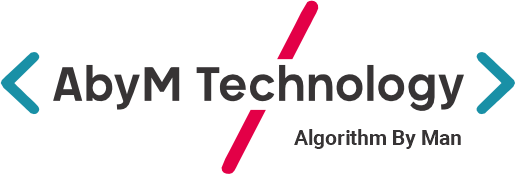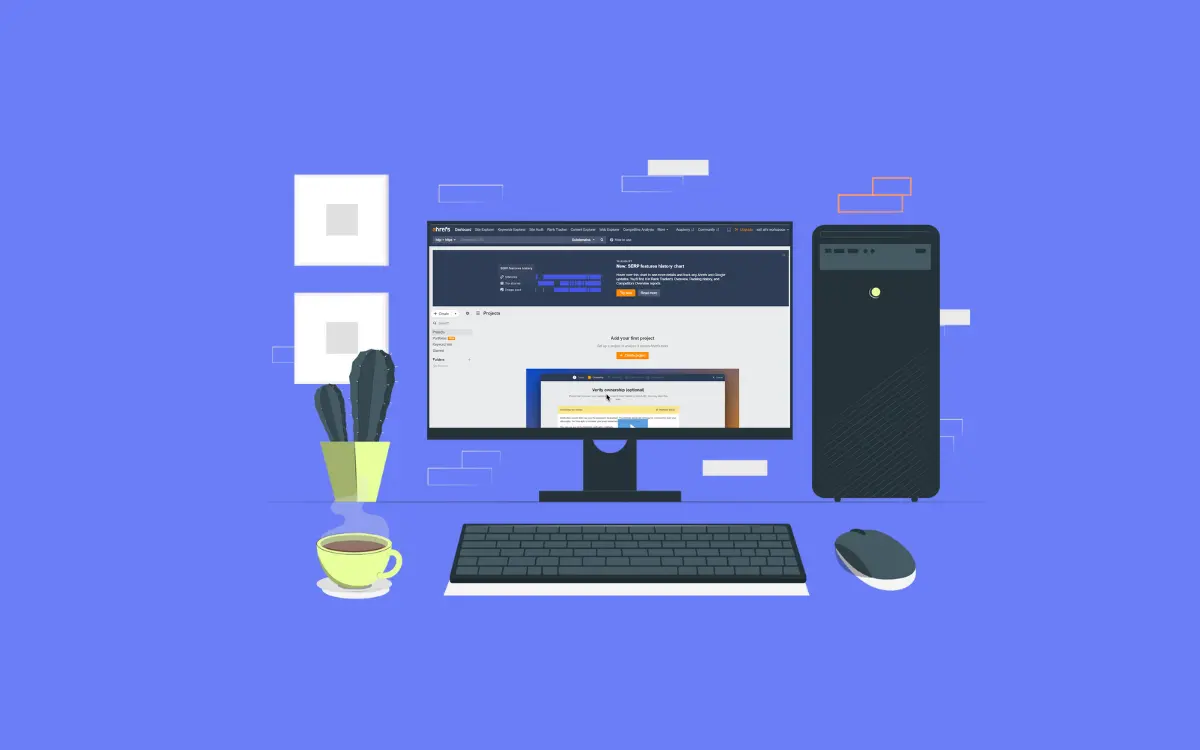Summary: Internal linking enhances the effectiveness of your website by directing your viewers to go from one page to another. This article will tell you how to identify and leverage internal linking opportunities to optimise your website’s performance and traffic.
Key Takeaways:-
- Internal links are critical for your website’s overall SEO success.
- They lead users to relevant information, improve navigation, decrease chances of bounce rates, and optimise the user experience.
- In just 4 steps we can identify interlinking opportunities to give optimum user experience.
Many experts claim that SEO is evolving and there are now new factors that affect your SERP rankings, because of which businesses tend to ignore internal linking opportunities. However, according to John Mueller, a senior search analyst at Google,
“Internal linking is super critical for SEO. It’s one of the biggest things you can do on a website to guide Google and visitors to the pages you think are important.”
Strategically using internal links in your SEO strategy can boost the performance of all the linked pages. Using internal links redirects how PageRank flows or travels around your website. While the PageRank toolbar has not been around since 2016, Google still considers PageRank as one of the key factors.
What are internal links?
Before getting into its importance, let’s understand what internal links are first.
Internal links comprise an HTML code embedded in a targetted piece of web content that can take you from one page to another instantly. Using internal links helps establish relevance between different pages and components of your website. They highlight related information that is spread across your website, in the same place. As a result, Google understands how these pages and content pieces relate to the rest of the content.
Additionally, internal links also offer SEO benefits for your website UX because it ensures a user won’t get lost while browsing long articles. They take your audience to relevant pages on your website that could be in another section.
For example, if you have an article on SEO in your website’s blog section and a whole section of SEO services that you offer on a different landing page. If you link both of these internally, users and potential leads can go directly to your expert services and engage with your content there.
Without the internal links, you would have to depend on your user going directly from your website’s blog section to your services section – which we know is very rare to happen.
Benefits of Internal Links
1. Improve navigation for search engines and users
We have discussed this above as well since this is one of the most important benefits of using internal links. Identifying and leveraging internal linking opportunities can help users navigate your website easily, which makes it easier for them to scroll multiple pages and go back to the first page whenever they want to.
Internal links are also helpful for crawlers as they help search engine crawlers identify new pages on your website relevant to topics they might be indexing.
2. Lead users to relevant information
Another key benefit of internal linking is it helps website visitors find relevant content aligned with their search intent. This makes your website more holistic for them, not focusing on just one product or content piece. Instead, you take up several related topics or themes across various sections of your website that could provide more value for your viewer.
Internal linking also helps users who are browsing for possible services or products and are trying to understand how to relate their searches and get enough data before purchasing. For instance, by creating blogs or articles relevant to the products or services you offer, your chances of converting a visitor to a paying customer increase.
3. Drive traffic to your web pages
Internal links also drive traffic to pages that might otherwise get overlooked. Every time a user clicks on an internal link, it does drive traffic to your platform but it also tells Google that this is additional ‘link juice’ that passes between your website’s pages.
4. Decrease bounce rate
Websites with a higher bounce rate don’t rank too high on SERP rankings. Besides easier website navigation, using internal linking opportunities on your website can help decrease your website’s bounce rate too.
5. Enhance user experience
Using internal links can also improve your website’s UX. Most users today expect instant results, even a couple of seconds’ delay could ruin their user experience. Using internal links will give these users faster access to previous pages.
6. Improve your PageRank
Your website’s bounce rate is important to analyse because it affects your SERP ranking in more ways than one. Enhancing your user experience makes your content appear more fascinating to the search engine. According to the newest Panda updates, your bounce rate is a significant factor in determining your PageRank. A low bounce rate keeps website crawlers and your users happy.
7. Help indexing and crawling
Using internal linking helps Google bots in recreating a user’s thought process. They visit your website and follow every internal link to every page that is already indexed. Leveraging effective internal linking opportunities can help search engine crawlers find your least visited pages. These links boost other pages to ease the indexing and crawling process to improve your SERP ranking.
How To Identify Internal Linking Opportunities Using A hrefs
The first step in finding opportunities for internal linking should be to list all your web pages. You can use Ahrefs’ internal linking report to accomplish this task. This report can be generated using Site Audit, their website audit tool. Right out of the gate, you will receive a list of internal linking opportunities based on your website’s keyword ranking. It looks something like this:





